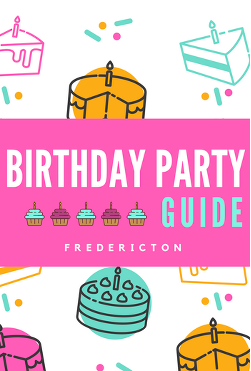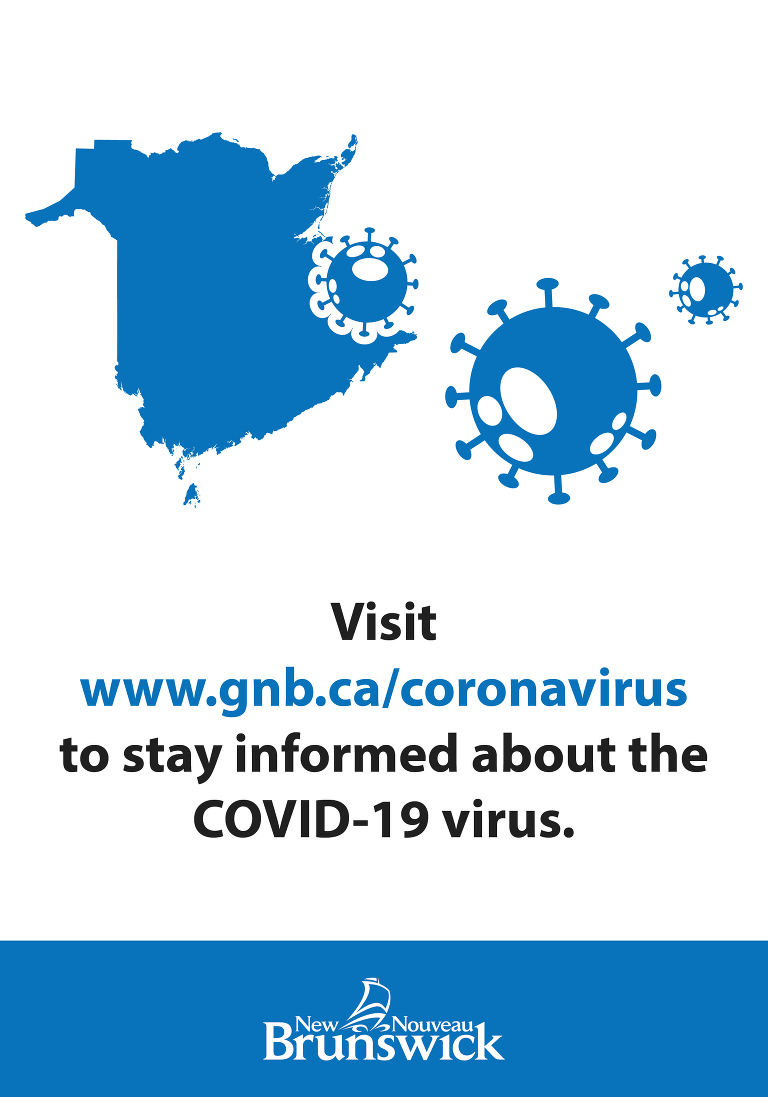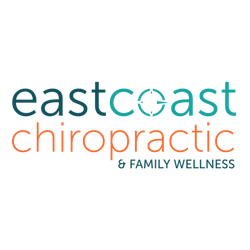FINALLY – the sun and summer are here! Sunlight is essential for Vitamin D synthesis, which can mediate mood and strengthen bones among many other bonuses. However, the sun provides ultraviolet (UV) radiation which can damage the skin and increase your child’s risk of skin cancer later in life. One severe sunburn during childhood doubles your child’s risk of malignant melanoma.
Here is an interesting tidbit about UV radiation: Ultraviolet radiation is made up of UV-A and UV-B waves of light. UV-A light is the light that causes your skin to Age (wrinkle) while UV-B light is the light that Burns. To protect against the entire spectrum of UV-A rays, look for a couple of specific ingredients in your sunscreen – oxybenzone or avobenzone coupled with zinc oxide or titanium oxide. The SPF on sunscreen bottles and clothing relates to the ability of the sunscreen to protect from UV-B light. Picking a sunscreen with an SPF 30-50 protects against about 97% of the UV-B light. UV-A radiation is constant throughout the year, while UV-B radiation varies with season (most intense in the summer).
Kids don’t have to be at the pool, beach, or on vacation to get too much sun. Their skin needs protection from the sun’s harmful UV rays whenever they’re outdoors, regardless of the season or if it’s sunny or cloudy. UV rays, not the temperature, do the damage. Clouds do not block UV rays, they filter them—and sometimes only slightly.
Unprotected skin can be damaged by the sun’s UV rays in as little as 15 minutes. Babies, light-skinned or red-headed children are most at risk to sun damage. It can take up to 12 hours for skin to show the full effect of sun exposure. So, if your child’s skin starts to look “a little pink” today, it may be burned tomorrow morning. To prevent further burning, get your child out of the sun. There’s no other way to say it—tanned skin is damaged skin. Any change in the color of your child’s skin after time outside—whether sunburn or suntan—indicates damage from UV rays.
Babies under 6 months should avoid the sun and sunscreen. Their skin is thin and lacks melanocytes (the cells that put melanin or pigment in your skin). Because of that, it is more vulnerable to the penetrating UV light and it can absorb chemicals from sunscreen more readily. The less sun with the least chemicals is ideal. When outdoors with your baby, cover them up. Use hats, long sleeves, stroller visors, an umbrella or shaded areas. If you have to be in the direct sunlight and can’t protect every part of your baby from the sun, that’s when you should use sunscreen under 6 months of age. But only apply it to the areas that cannot be covered by sun-protective clothing so as to reduce the surface area that can absorb the chemicals in the sunscreen.
Tips for choosing & using sunscreen:
- The best sunscreen is the one that is used early and often on children.
- Don’t be stingy; use a lot of sunscreen – a shot glass size for a body, even a little body like your child
- Apply sunscreen about a half an hour before your kids go outside. It is absorbed into the skin better this way
- Re-apply head to toe every 2 hours during active play/swim. Don’t trust the “sweatproof, waterproof” claims on the bottle
- Pay close attention to areas that burn a lot or are often forgotten – shoulders, back, chest, ears, nose, tops of feet, back of neck and legs
- Don’t forget to find an SPF Lip Balm for your lips
- The brand of sunscreen is less important, as long as it contains the ingredients mentioned above for broad UV-A and UV-B protection
- If you have sensitive skin, oxybenzone concentrations greater than 6% has been known to cause skin reactions, but most sunscreens typically contain 1-6% concentrations
- SPF 30-50 should be sufficient to protect against UVB light, but it needs to be used early and often for efficacy
- Sunscreens marketed for kids may not be any safer than adult brands. Use caution around your children’s eyes even if it is marketed as “tear-free”. A hat and sunglasses would reduce the need for perfect application around the eyes.
Other sun safety tips:
- Avoid going out in the sun between 11am and 3pm. This is when UV radiation is the strongest. Do outdoor activities earlier or later in the day
- Don’t be fooled if the sun is hiding; up to 80% of the sun’s rays can penetrate light clouds, mist and fog
- Watch out for reflected light from sand, snow and concrete – up to 85% of the sun’s harmful UVB rays can bounce back at you
- Have your child wear sun-protective gear and clothing, such as a wide-brimmed hat or light clothing with long sleeves
- Don’t forget their sunglasses. See advice from one of our Mom Talk Pros Dr. Bronwyn Mulherin for more details
- Avoid sunbathing. Look for areas that are shaded or covered instead of sitting in the direct sun
- Avoid tanning beds. Studies have shown that using tanning beds increases your risk for skin damage and skin cancer significantly. The Canadian Paediatric Society recommends banning children and youth under the age of 18 years from commercial tanning facilities
- Certain medications may cause skin to become more sensitive to sunlight. Talk to your doctor or pharmacist for more information
- Encourage your child to drink plenty of fluids, especially water. Children don’t necessarily feel thirsty while at play
- Most importantly, lead by example and remember to protect yourself from the sun too!
Dr. Rachel Ouellette
Disclaimer– The content provided in the Mom Talk Blog’s “Advice From a Pro” series is for information purposes only and is neither intended to be relied upon nor to be a substitute for professional medical advice, diagnosis or treatment. Never disregard professional medical advice or delay in seeking it because of something you have read on this Website. The information is intended for residents of Canada.
Meet Dr. Rachel Ouellette | Paediatrician
.jpg) Dr. Rachel Ouellette was born and raised in Fredericton, NB. She grew up with 3 brothers and both her parents were social workers in town. She graduated from Ecole Sainte-Anne in 1998 and pursued Biochemistry at UNB, followed by Psychology at STU. She completed medical school at Memorial University of NL and then finished her Paediatric residency at Queen’s University. Dr. Ouellette then returned home to practice General Consulting Paediatrics in 2011. Rachel loves her community and enjoys connecting with other community service people who share her passion for helping kids; whether it is in schools, counselling services, etc.
Dr. Rachel Ouellette was born and raised in Fredericton, NB. She grew up with 3 brothers and both her parents were social workers in town. She graduated from Ecole Sainte-Anne in 1998 and pursued Biochemistry at UNB, followed by Psychology at STU. She completed medical school at Memorial University of NL and then finished her Paediatric residency at Queen’s University. Dr. Ouellette then returned home to practice General Consulting Paediatrics in 2011. Rachel loves her community and enjoys connecting with other community service people who share her passion for helping kids; whether it is in schools, counselling services, etc.
Rachel is a mother to two young boys. She admits she entered motherhood self-assured and naïve. She thought she knew babies and kids and had definitely worked in sleep deprived situations. Rachel was humbly shocked, realizing what a BIG, difficult and confusing job being a mom can be! She battled through painful breastfeeding, she found out what it was really like to experience prolonged sleep deprivation (you can’t turn off the pager at the end of your shift). She even had to sit on the “other side” in a few medical situations. Motherhood has definitely affected how she practices medicine since she’s returned from maternity leave. There is a “Mama” (& “Papa”) instinct that isn’t taught in medical school. It cannot be studied in textbooks or reviewed in parenting books. As a parent, you know your child best, and you understand your child’s cues. Health care professionals need to really listen to the parent & child to reach the right diagnosis and initiate the right treatments.
Dr. Ouellette realizes there is so much information available to eager parents. Dr. Google can be helpful sometimes, but it mostly just causes worry and is filled with inaccurate information. It can be confusing and difficult to make parenting choices when, not only do you have so much information online, but there is typically (often unsolicited) advice and suggestions from friends, family, other moms and random people in grocery store line ups. Dr. Ouellette is not providing any new advice; she is summarizing and sharing information from legitimate medical sources that are usually supported by scientific research. This information is always advancing; even advice written this year, may not apply next year if new studies reveal new information. Dr. Ouellette hopes she can provide up to date, brief, succinct answers to common Paediatric or parenting questions. She is open to topics, so please share your requests with the Mom Talk Blog editors.
.png)



















